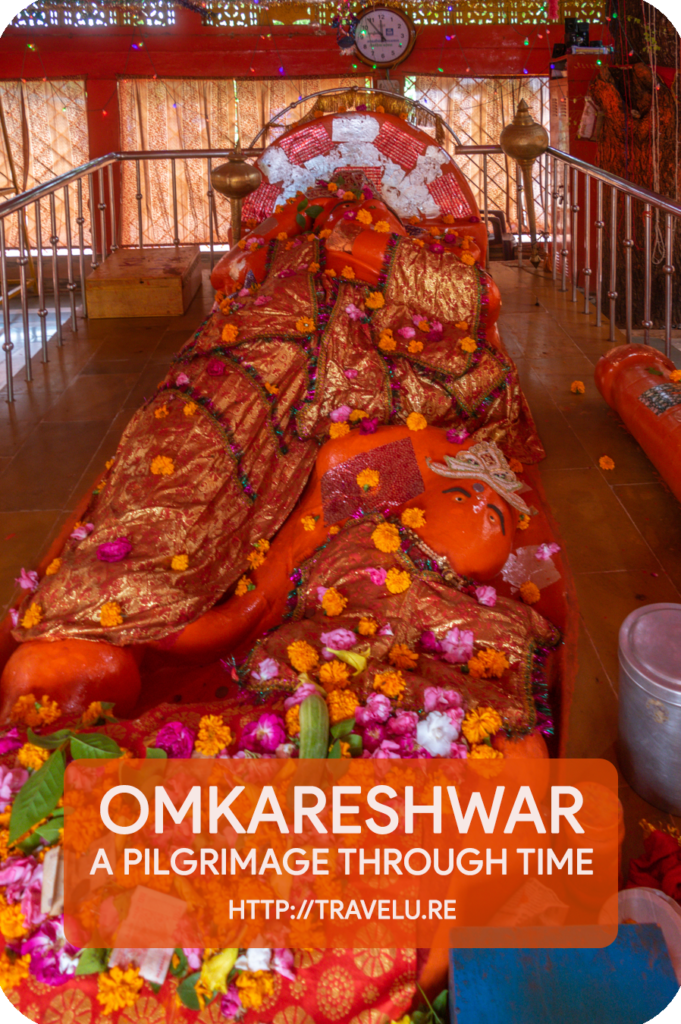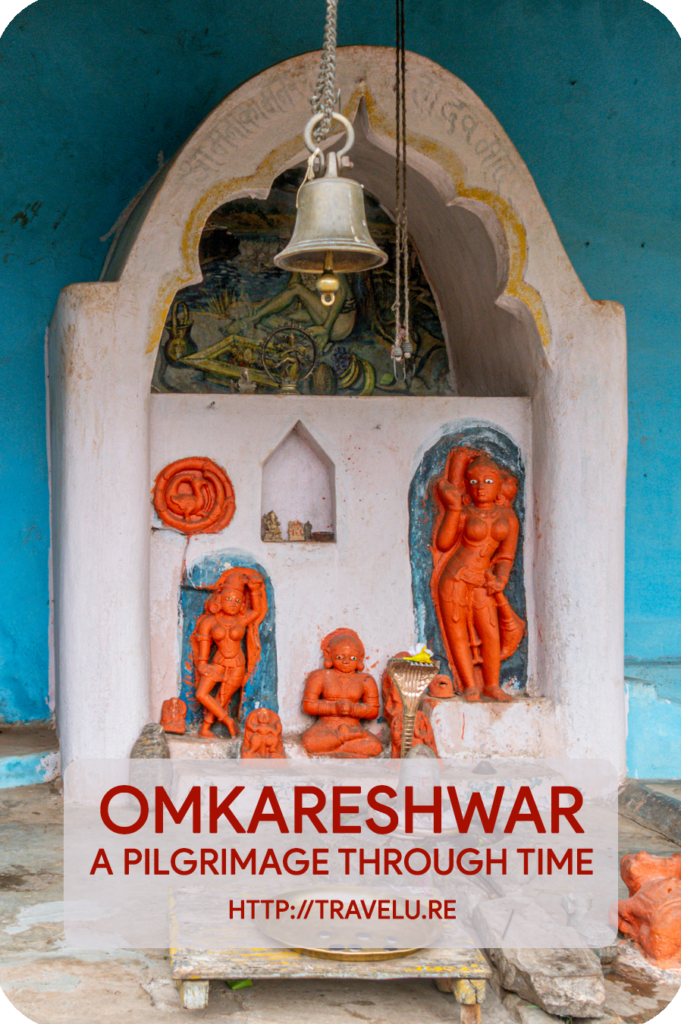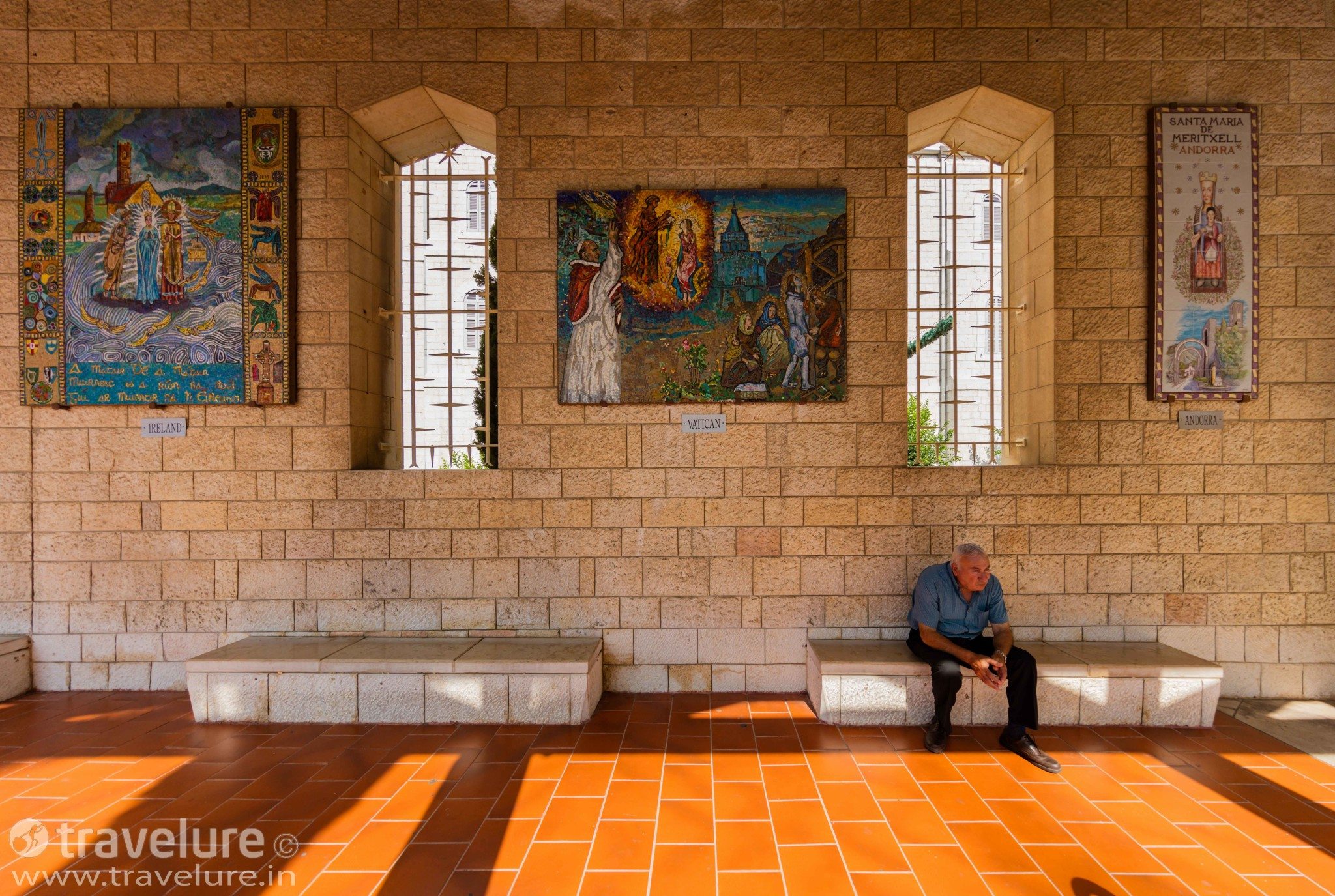From the Restaurants in Fukuoka, let’s head back to the heritage in Omkareshwar, Madhya Pradesh.
Omkareshwar – A Pilgrimage Through Time
Located 140 km from Ujjain, Omkareshwar gets its name from the Shiva Temple – Omkareshwar Mahadev, the seat of one of the twelve jyotirlingas. Now, stretch your imagination while looking at the map of the city. The Mandhata Parbat (mountain) river island that houses Omkareshwar and Narmada River together form a rough shape of Om or Aum, a holy symbol of reverence for Hindus.
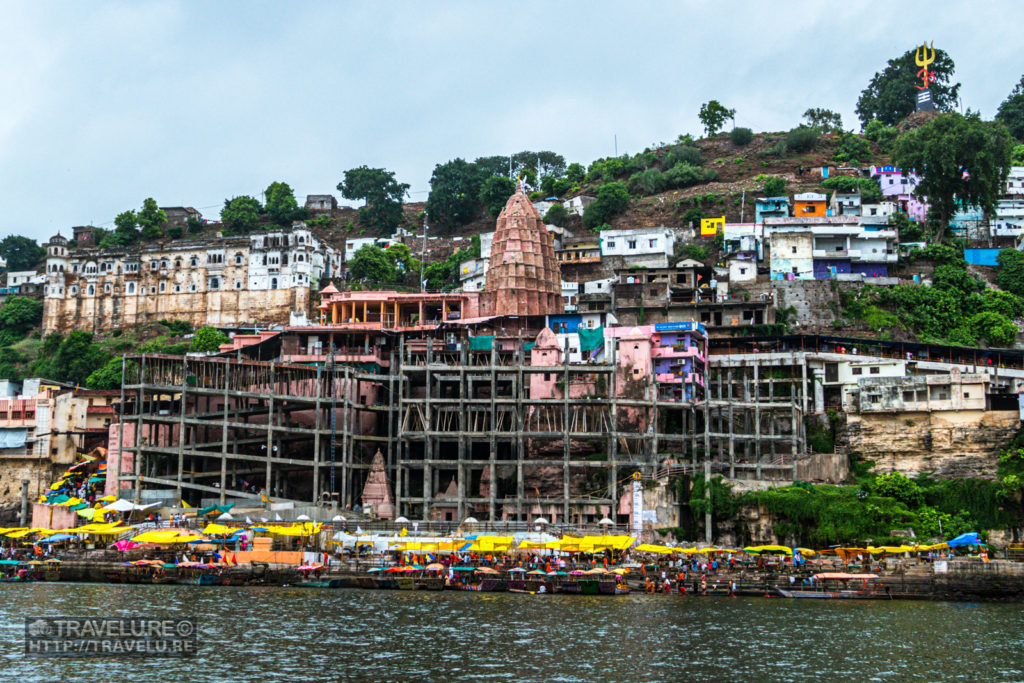
As per the Hindu belief, pilgrims circumambulate the mountains considered holy, e.g. Kailash, Govardhan, Girnar, etc. Mandhata Parikrama has a similar significance. During my visit, I completed the parikrama and discovered enthralling heritage architecture nuggets.
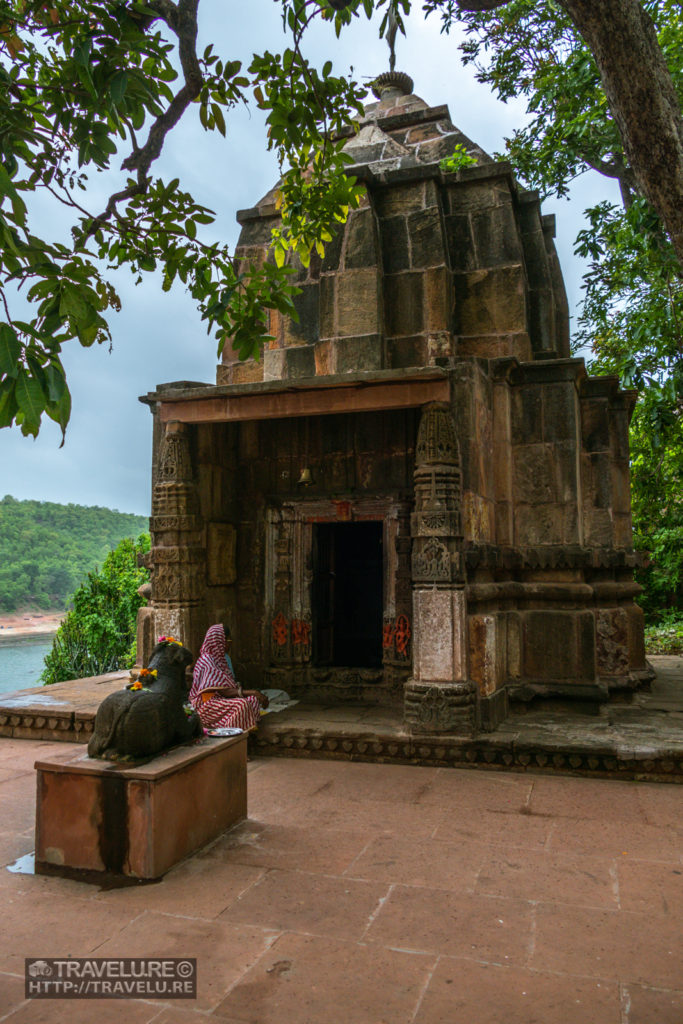
Mandhata Parikrama Begins
The 7-kilometre parikrama route takes you on a veritable heritage trip across the medieval Central Indian Parmar kingdom. Heritage gems ranging from modest Kedareshwara Temple and the elaborate Siddhanath Barahdwari or Baradari (twelve doors) to the ruins of an auditorium and the iconic Gauri Somnath Temple, much of these ravaged by Aurangzeb, lie on this route.
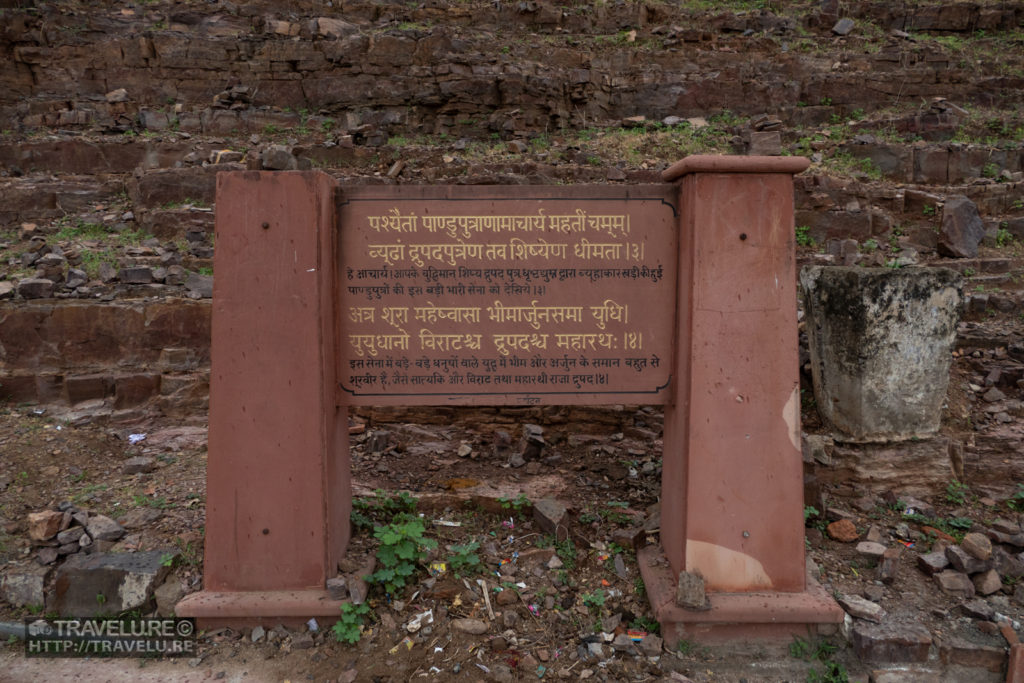
Early on during the parikrama, you walk the route along the Narmada River. The terrain is undulating but the view, scenic. To complete the spiritual aura of the route, stone billboards with the teachings of The Gita accompany the devotees.
Midway through the first climb on the route, is an ancient temple – Kedareshwar Mahadev. Built by the Parmar rulers during the 13th century, the temple follows a Pancharatha (Five Chariots) style architecture or five offset projections in the temple plan.

Beyond Kedareshwar Temple
Here on, we are in for a tougher hike. The broad cobblestoned steps through most of the climb are none too kind on the knees. A few hundred metres further up, a gentle descending gravel path takes you to Narmada-Kaveri Sangam (confluence). A refreshing holy dip here helps you take on the rigour of the trek ahead. But before embarking on the rest of the journey, remember to take the blessings of Rinnmukteshwar Mahadev (the god who frees you from debts). The golden yellow and orange painted temple is just around the corner with a small sanctum sanctorum. Monkeys thrive here.

Halfway through Mandhata Parikrama
Walking past a few small temples and idols of a variety of gods, you cross the Dharamraj Dwar (Gate), Dharamraj Dwar is dedicated to Yudhishtir, the eldest of the 5 Pandava brothers from Mahabharat.
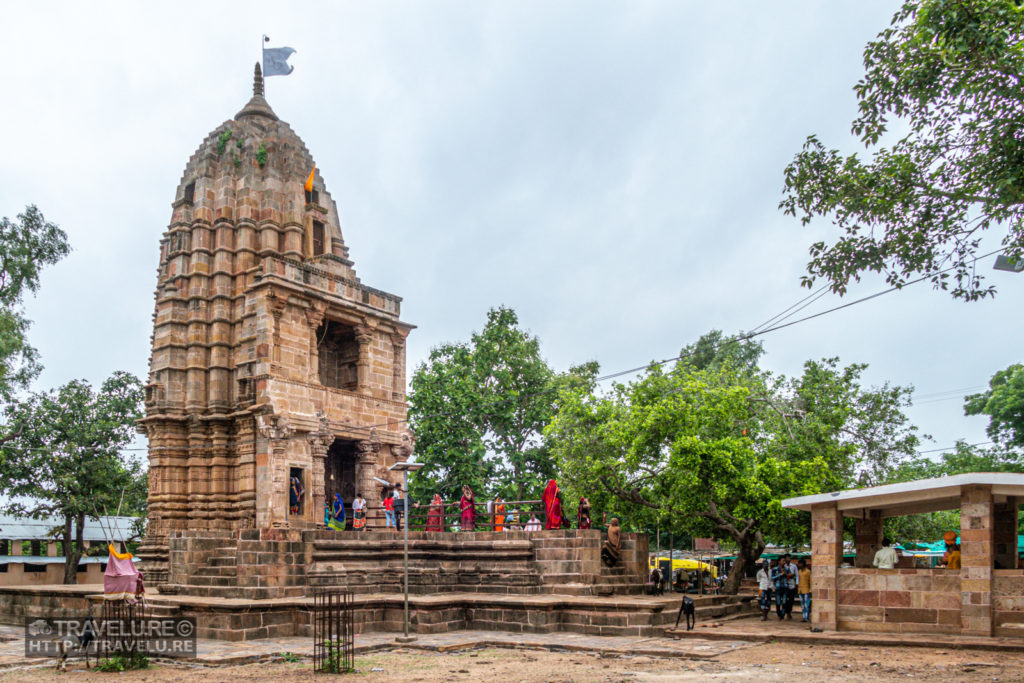
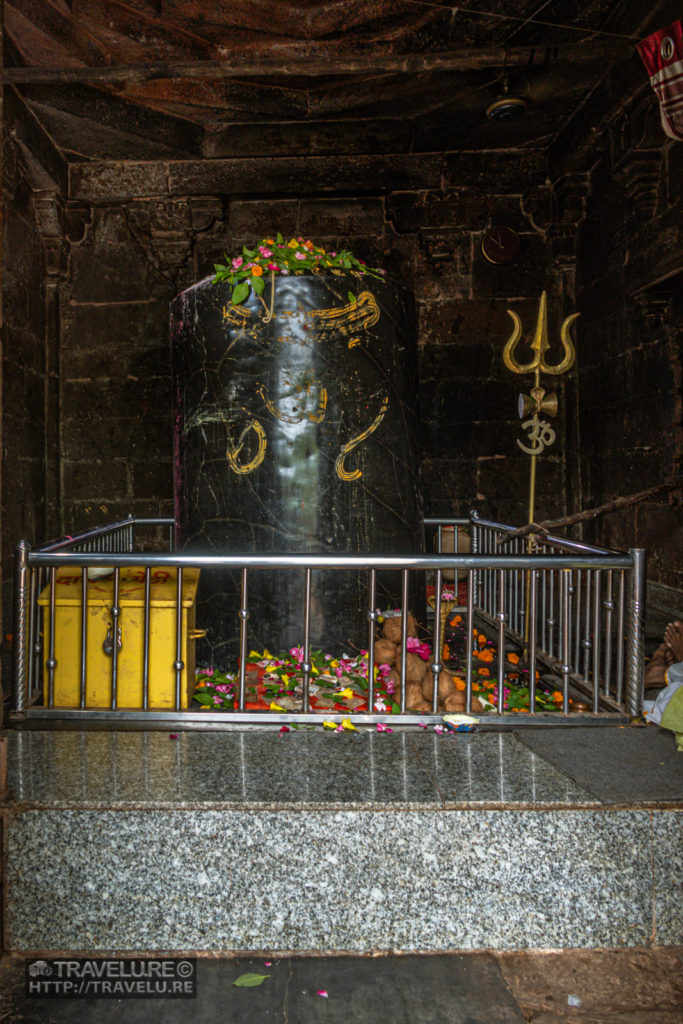
The next milestone is an impressive ancient structure – the Gauri Somnath Temple. It lies near the midpoint of parikrama. The Shiva Linga at the ground level of Gauri Somnath Temple is 6-ft tall. Belief is it has magical powers. There are two more levels to this edifice and you climb up a very narrow, winding staircase to get up there.

Before going any further from this temple, pilgrims pay their obeisance to Lete (pronounced lay-tay, meaning ‘lying down’) Hanuman. A sharp left from there and you see a gigantic 90-feet idol of Lord Shiva.
From here on, the circumambulation route takes you through two more gates – the Chand-Suraj Dwar (dedicated to Nakul-Sahdev), and Bheem-Arjun Dwar. Steeped in the Hindu epic Mahabharata, these gateways have a story of their own. Chand-Suraj Dwar lies on the highest point of the island. At sunrise, the first sun rays fall on it and you can see the island moonrise here.
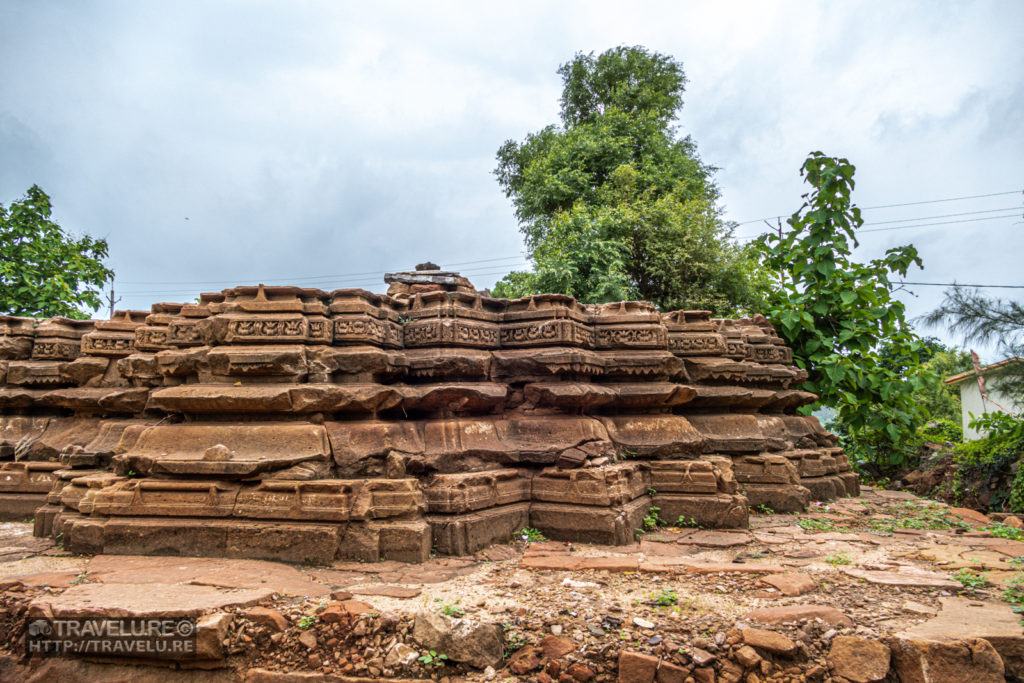
Remarkable Ruins
The pathway ascends as you cross these gateways and you find friezes and artefacts strewn along the route. A closer look and you discover an ancient structure of indeterminate purpose. It was perhaps an amphitheatre, The exquisite stone carvings make you marvel at the craftsmanship of the artisans from the Parmar era.



Another kilometre ahead, Siddhanath Barahdwari (Baradari) reflects more of this craftsmanship. Pilgrims still pray at this 13th-century temple. Well-proportioned elephant bas reliefs adorn Its raised platform. As you go up the platform, an imposing entrance corridor lined with giant, carved pillars takes you to its sanctum sanctorum.

Soon after, the gigantic Bheem-Arjun Dwar marks the exit to the Omkareshwar Temple where the parikrama culminates. The Jyotirlinga at Omkareshwar appeared by itself as a Swayambhu Linga. But, close to the circumambulation route lies Mamleshwar Temple. King Mandhata established it. Later, Ahilya Bai Holkar built the Mamleshwar Temple. A visit to this temple is a must for completing the pilgrimage.
While Omkareshwar is a pilgrimage for devotees, much of the architecture and ruins contribute to its being a heritage gem for heritage hunters. Heading out for the parikrama soon?





